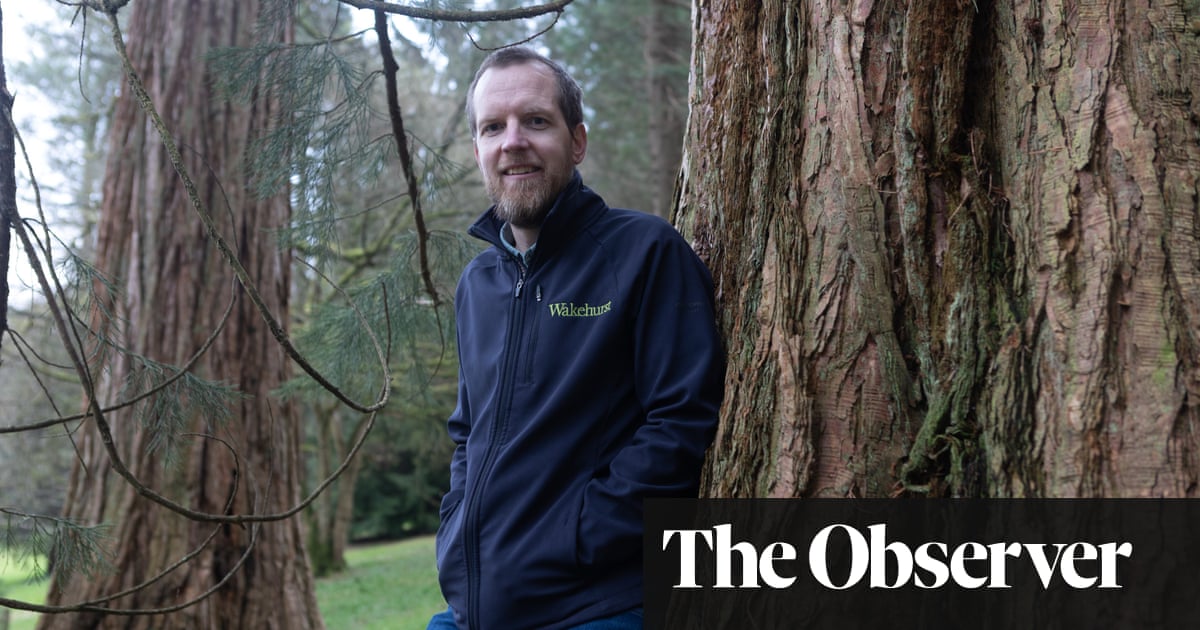evacguy
Veteran Member
- Followers
- 6
- Following
- 14
- Joined
- Jan 17, 2023
- Posts
- 1,400
- Likes Received
- 2,952
- Name
- Ed Galea
- Country
- United Kingdom
- City/State
- London
- CC Welcome
- Yes
Giant Redwoods in the New Forest, on the Tall Trees Trail, Rhinefield Road. They were planted around 1860 and are about 56m and 50m tall. While the UK redwoods can't compete with their US cousins in terms of age and height, I was surprised to learn that the UK has more than half a million redwoods, more than in the USA. Both the coast redwoods (Sequoia sempervirens) and giant redwoods (Sequoiadendron giganteum) having caught the attention of the early Victorian plant hunters, made it to the British Isles in the 1800s.
Check out the two guys in the bottom right for a sense of scale.

Check out the two guys in the bottom right for a sense of scale.
- ILCE-7M4
- FE 24-70mm F2.8 GM II
- 24.0 mm
- ƒ/8
- 1/30 sec
- ISO 100

